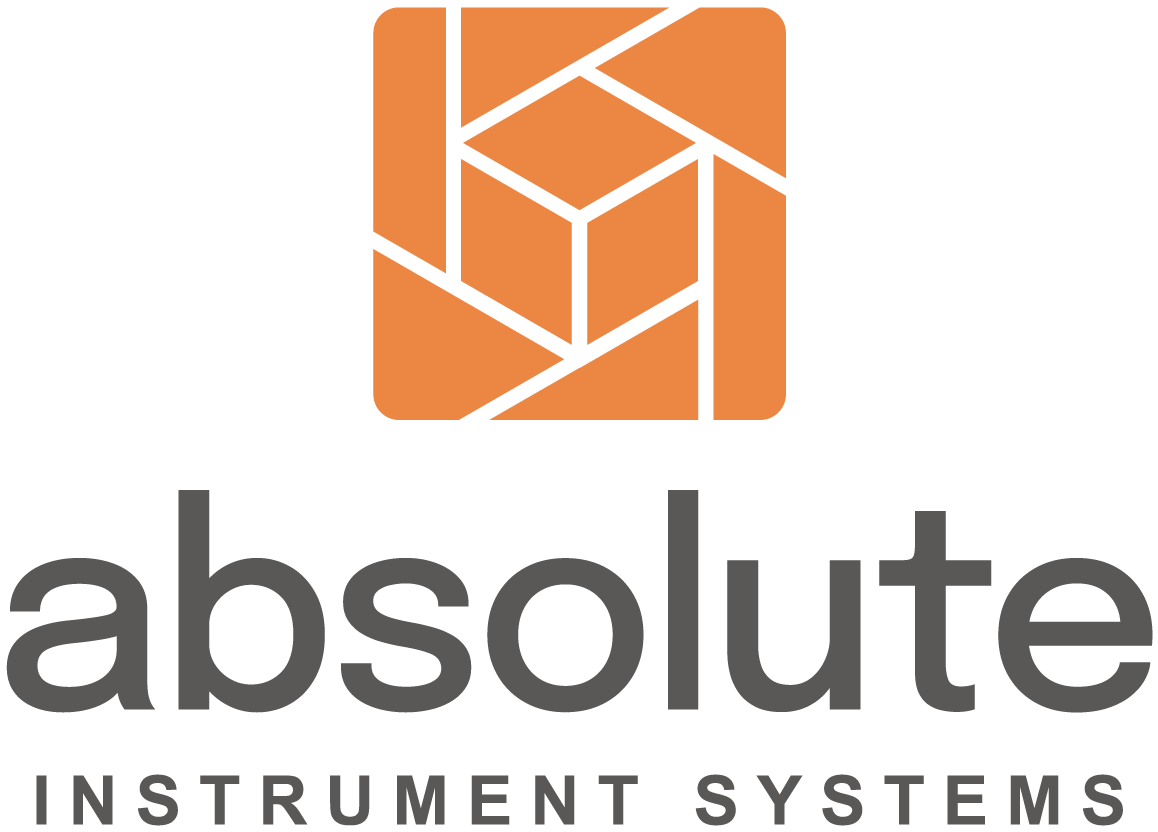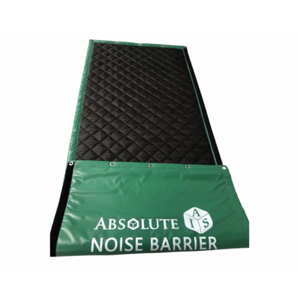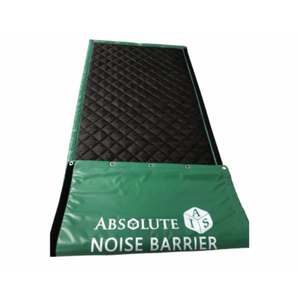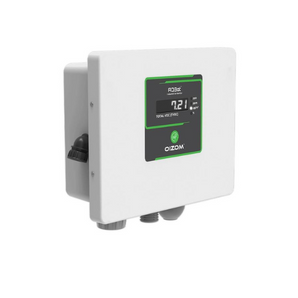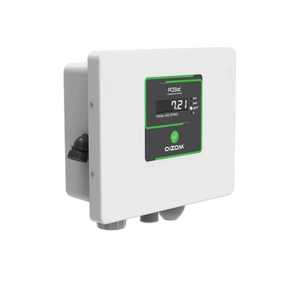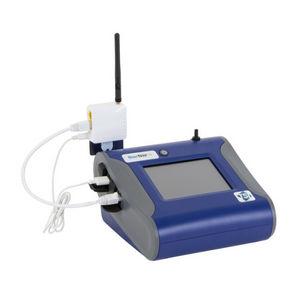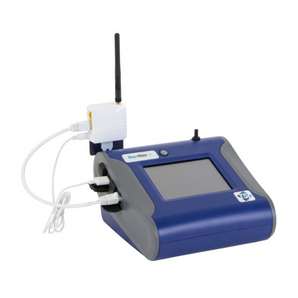In Singapore, silty water discharge from construction sites is a major concern for environmental regulators. When rainwater mixes with exposed soil during earthworks, it creates silty runoff that can pollute waterways and clog public drains. Under the Sewerage and Drainage Act (SDA) 1999, the unauthorized discharge of silty water into public sewers or drains is a punishable offense, with fines of up to $20,000 or even a three-month jail term for first conviction, and up to $50,000 for subsequent conviction.
In May 2019, two local contractors were fined for silty water discharge and inadequate earth control measures. One was fined $30,300 and the other fined $14,400 (Reported by The Straits Times on 13th Dec 2019).
To avoid such penalties, construction sites must adopt effective earth control measures, such as silty water treatment tanks, sediment control systems, and proper drainage management.
In this blog, we’ll explore practical steps contractors can take to ensure compliance with SDA regulations, prevent silty water discharge, and protect Singapore’s waterways.
Water discharge regulations in Singapore
What is considered water discharge?
In Singapore, water discharge typically refers to the release of wastewater—such as wash water from vehicle washing bays, portable toilets, or construction activities—into public drains or surrounding land areas without proper treatment. For construction sites, the most common and regulated form of discharge is silty water, which occurs when rainwater mixes with exposed soil, creating runoff that can pollute waterways and clog drains.
Why is it a problem?
Improper water discharge, especially silty water, poses significant risks, including:
- Pollution of waterways: Silty water can contaminate rivers, reservoirs, and other water bodies, affecting water quality and aquatic life.
-
Clogged drains: Sediment buildup in public drains can lead to flooding and costly maintenance.
- Environmental damage: Contaminated soil and water harm local ecosystems and biodiversity.
To address these issues, Singapore enforces strict compliance standards under the Sewerage and Drainage Act (SDA) 1999, holding contractors accountable for their discharge practices and requiring effective earth control measures to prevent pollution.
(Photo above. ECM treatment tank treating silty water to TSS less than 50mg/L)
Best Practices to Prevent Silty Water Discharge
1. Install Sediment Control Measures
-
Use silt fences, sediment basins, and gravel bag barriers to trap sediment and prevent silty water from escaping the construction site.
-
Regularly inspect and maintain these measures to ensure they function effectively, especially during heavy rain.
2. Treat Silty Water Before Discharge
-
Direct all silty water to a silty water treatment tank or sediment control system to remove suspended solids before discharge.
-
Monitor Total Suspended Solids (TSS) levels using a TSS monitoring system to ensure compliance with the regulatory limit of 50 mg/L, as specified under Regulation 4(1) of the Sewerage and Drainage (Surface Water Drainage) Regulations 2007.
3. Implement Proper Drainage Management
-
Design and maintain site drainage systems to prevent untreated silty water from entering public drains or surrounding land.
-
Use auto silt shut-off valves to automatically stop discharge when TSS levels exceed permissible limits (see photo below).
4. Conduct Regular Inspections and Maintenance
-
Inspect sediment control systems and drainage channels weekly to identify and address issues like blockages or leaks.
-
Train site workers on proper silty water management practices to minimize the risk of non-compliance.
5. Erosion Control
-
Use erosion control blankets or vegetative cover on exposed soil to reduce silt runoff during rain.
-
Stabilize slopes and embankments to prevent soil erosion.
6. Spill Prevention
-
Store construction materials (e.g., cement, sand) away from drainage areas to prevent contamination.
-
Keep spill kits on-site to quickly address accidental spills.
7. Training and Awareness
-
Conduct regular training sessions for workers on silty water management and regulatory requirements.
-
Display clear signage around the site to remind workers of best practices.
8. Use of Technology
-
Invest in automated wheel washers to clean construction vehicles before they leave the site, preventing mud and debris from being tracked onto public roads.
-
Deploy real-time monitoring systems to track water quality and discharge levels.
By adopting these best practices, construction sites can prevent silty water discharge, comply with the Sewerage and Drainage Act (SDA), and protect Singapore’s waterways from pollution.
Advanced solutions on the earth control measures
At Absolute Instruments, we provide a reliable and efficient solution for managing silty water discharge: the Earth Control Measures (ECM) Silty Water Treatment System. Designed specifically for construction and mining operations, this system ensures compliance with Singapore’s strict environmental regulations while minimizing environmental impact.
Key Features of the ECM Silty Water Treatment System
-
Automated Sedimentation Process: Efficiently separates silt and suspended solids from wastewater, ensuring clean water discharge.
-
Real-Time TSS Monitoring: Tracks Total Suspended Solids (TSS) levels in real time to ensure compliance with PUB discharge limits.
-
Seamless Integration: Easily integrates with holding ponds and washing bays, making it ideal for construction sites of all sizes.
-
Compact and Modular Design: Offers flexible installation options, adapting to the unique needs of your site.
How It Supports Compliance
By implementing the ECM Silty Water Treatment System, contractors can:
-
Meet Regulatory Standards: Ensure water discharge complies with Singapore’s Sewerage and Drainage Act (SDA) and PUB requirements.
-
Avoid Penalties: Reduce the risk of fines during NEA and PUB inspections.
-
Protect the Environment: Prevent sediment and pollutants from entering public drains and waterways, safeguarding Singapore’s ecosystems.
For more information about the Earth Control Measures Silty Water Treatment System, click here.

(Photo above. Automatic Shut Off Valve in blue connected to discharge pipe.)
Conclusion
Singapore’s stringent enforcement of water discharge regulations underscores a critical message: compliance is non-negotiable. For contractors and site operators, implementing effective wastewater management practices is essential to avoid hefty fines, protect the environment, and maintain operational efficiency.
The Earth Control Measures (ECM) Silty Water Treatment System from Absolute Instruments provides a reliable, compliant solution to manage silty wastewater effectively. By leveraging advanced technology and real-time monitoring, our system ensures your site meets regulatory standards while minimizing environmental impact.
Contact Absolute Instruments today to learn how our solutions can help your business stay compliant, avoid penalties, and contribute to a cleaner, greener Singapore.
